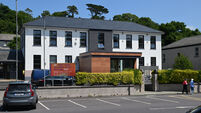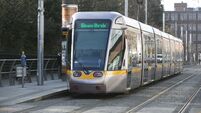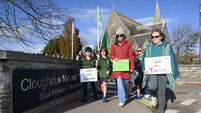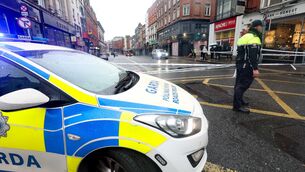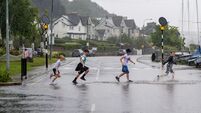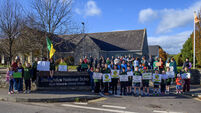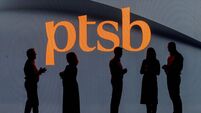All aboard for train series
Two separate programmes in the six-part series are dedicated to the West Cork region — one to the West Cork Railway, and a second to its eccentric little sister, the Schull to Skibbereen tramway.
The TG4 series, Bóithre Iarainn, which begins this Thursday, investigates the stories and traditions around some of Ireland’s best-known railways, starting with a look at the Bundoran Express.





